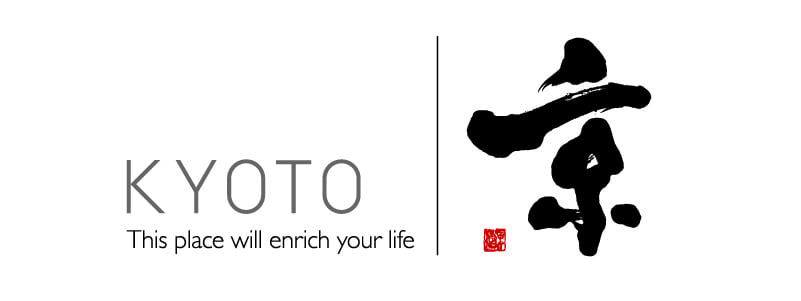Term archive
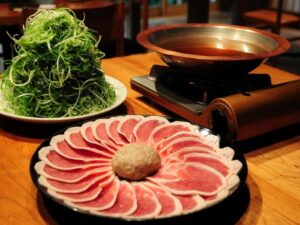
投稿タイプ:restaurants
Yanagimachi
Yanagimachi is a famous restaurant in Fukuchiyama that showcases Fukuchiyama’s specialties of duck and green onion in a dish known as kamosuki (sukiyaki made with duck meat). The restaurant building is a restored Meiji era (1868-1912) machiya (traditional wooden house, typical of Kyoto) opened in 2015. The dishes showcase local and seasonal produce, and the green onion used in the kamosuki is Fukuchiyama’s own kujo onion (a famous vegetable of the Kyoto region). For lunch, you can enjoy wonderful oyakodon (rice topped with chicken and egg) or kara-age (fried chicken) set meal options, both made using the local Fukuchiyama chicken, and accompanied with seasonal local vegetables. There’s also a select range of alcohol, coffee, and books to enjoy at the café and bar, making it a perfect spot for any occasion.
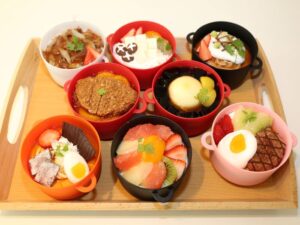
投稿タイプ:restaurants
Un.donpuri Dessert Shop
Located in Fukuchiyama City, Un.donpuri is a café known for its for puddings that look amazingly like Japanese cuisine. It has puddings in the form of 11 kinds of dishes: katsudon (fried pork cutlet on rice), ramen, seafood bowls, tororodon (grated yam rice bowl), mapo tofu (Sichuan-style bean curd with ground pork spicy taste), Japanese hot pot, beef bowl, loco moco, cold sweet red bean soup, wonton noodles, and Chinese style cold noodles (summer only), each sold for 600 yen including tax. They are not only delicious to taste, but also enjoyable to look at. The idea began when the pastry chef created a pudding that looked like katsudon as a gift for a friend, which later went viral on social media. In addition to the puddings, cakes and baked sweets like cute donuts and cookies for takeout are lined up in the showcase window (there is also an eat-in space within). The pudding containers are made of polypropylene, which is microwavable and can be taken home to use for other purposes. The café is now a famous attraction in Fukuchiyama for sweets-lovers, and while the cafe opens at 11 a.m., the 80 bowls of pudding prepared on weekdays and 120 on weekends are often sold out early.
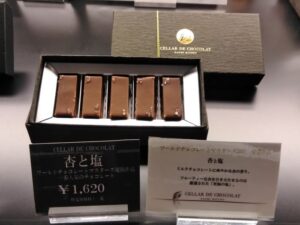
投稿タイプ:restaurants
Pâtisserie Mountain × CELLAR DE CHOCOLAT by Naomi Mizuno
A classical European-style mansion situated in a quiet, residential part of Fukuchiyama City, looking like a confectionery kindom on the outskirts of Paris. This is a chocolate store run by Chef Mizuno, who won the 2007 World Chocolate Masters, a championship for the world's greatest chocolate-makers. The large store has terrace seating, and the first floor has a corner with a showcase of cakes and baked goods, as well as a cave-like space surrounded by antique furniture. There is a sales corner for chocolate bonbons and macarons, and chocolates displayed like jewelry. The second floor is a café where all in-store products can be eaten. The prize-winning "Apricot and Salt" chocolate, as well as the different shades of macaron, are delightful goods to bring home.
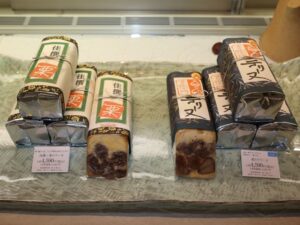
投稿タイプ:restaurants
Adachi Otoemon
Tamba chestnuts are a traditional product in Kyoto Prefecture whose history is as long as other well-known Kyoto traditional vegetables. Tamba chestnuts are from the Tamba region, which includes Kameoka, the Funai region, Ayabe, and Fukuchiyama. It’s said that in the old days of the Edo period (1603-1868), Tamba chestnuts were used as offerings, when the chestnuts were also accepted in place of the annual rice tax. Using these Tamba chestnuts, Adachi Otoemon crafts specialty dessert terrines and pound cakes here in Fukuchiyama City. Cross sections of the desserts reveal large, whole chestnuts, which are combined with the wasanbon Japanese refined sugar from the Sanuki region and flavourful cultured butter to create an exquisite product. You can really enjoy the chestnuts as they make up more than two thirds of the weight of this luxurious dessert. Additionally, the shop building was previously the residence of the Matsumura family, built during the Taisho (1912-1926) and Meji era (1868-1912) and is designated as one of Kyoto Prefecture’s Tangible Cultural Properties. Other than the chestnut terrines and chestnut pound cakes, there are also other baked goods, cream puffs, and gelato available.
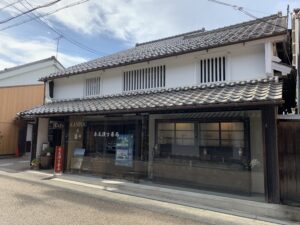
投稿タイプ:restaurants
Yakuzen Café Yu-Yu
Yakuzen (medicinal Chinese cooking) Café Yu-Yu is located next to the Akao Chinese Medicine Pharmacy, which is built in a rennovated, 120 year-old machiya home. According to its concept of medicine and food being one, the café uses herbs used in Chinese medicine to create lotus-wrapped steamed rice and medicinal teas to suit your mood and physical condition.
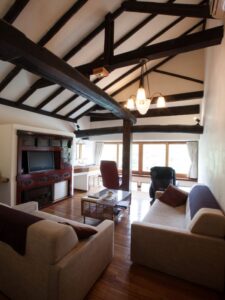
投稿タイプ:stay
Wine & Hotel CHITOSE
About 3 minutes' walk from Amanohashidate Station and 3 minutes to the sea, Wine & Hotel CHITOSE is a strategic-locally hotel with the best onsen baths. Wine & Hotel CHITOSE began in the middle of the Edo period (1603-1868) and renovated in 2000, guests can not only relax in the onsen, but also enjoy wine. The owner also runs the Amanohashidate Winery, and there are 50 thousand bottles of wine kept in the wine cellar.
Dinner is French cuisine combined with Japanese flavors. Using local ingredients to create cuisine that can be enjoyed with wine, CHITOSE replaces rice with handmade nihachi-soba noodles (made with 20 percent flour and 80 percent buckwheat). From the furniture, to the lamps, to the stained-glass, everything is chosen with care, mixing modern with retro, Western with Japanese, making Wine & Hotel CHITOSE highly unique.
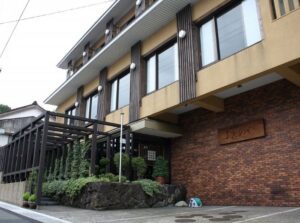
投稿タイプ:stay
Shorenkan Yoshinoya
Overlooking the rural landscape of the small fishing town of Taiza, Shorenkan Yoshinoya is a traditional Japanese-style gourmet inn that has been open for 90 years. Chefs here prepare Kyoto seafood cuisine with the utmost passion, including rockfish caught with fishing rods in the spring, iwagaki oysters (also known as sea milk) and Japanese egg cockle (said to be the best of all shellfish in Japan), and Japanese sea urchin eggs from Taiza in the summer. In autumn there is fresh blackthroat sea perch and crunchy abalone, and in winter there is rare crab caught from the Taiza docks using only 5 boats, its rareness earning it the nickname “Taiza phantom crab.” All of the seasonal flavors above are available at Shorenkan Yoshinoya. What’s more, the Taiza Hot Springs here are said to lower blood pressure and lessen pain, and the bath is decorated with the artwork of an American carver.
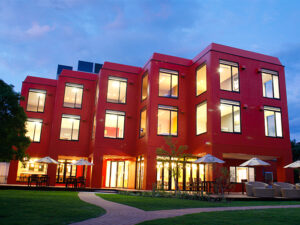
投稿タイプ:stay
Lakeside Hotel and Restaurant Little White Flower
A spa resort on the banks of a lake. For dinner, Lakeside Hotel and Restaurant Little White Flower offers Italian cuisine loaded with Tajima beef, local fish, and other seasonal Tango ingredients. There are also crab dishes (only available during winter) if you prefer. There's a lot here to make your trip memorable, including a full-scale salon with organic aroma oils, and an outdoor space and kennel for dogs.
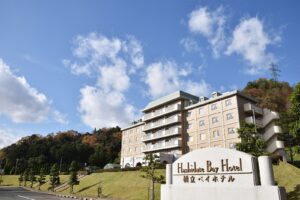
投稿タイプ:stay
Hashidate Bay Hotel
The Hashidate Bay Hotel is a European-style resort hotel that sits atop a hill overlooking one of Japan's three most famous scenic views: Amanohashidate. The hotel has its own herb garden, and the hotel interior smells like lavender, perfect for relaxing while you travel. Next to the hotel you'll also find Kurhaus Iwataki, a facility with both hot springs and a pool for some leisure time, and once you’re ready to eat, you can come back to the Hashidate Bay Hotel for some of its specialty French cuisine that showcases Japanese seafood.
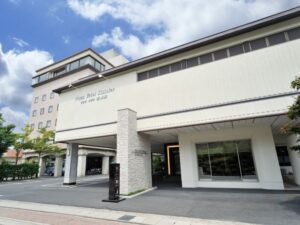
投稿タイプ:stay
Plaza Hotel Kissuien
Plaza Hotel Kissuien is an afforable hotel, well-placed in the center of the Tango Peninsula, where it is a hub for tourism and business. All rooms have free wi-fi, and the main public bath, Hiten no Yu, is known for its view, perfect for recuperating during your travels. There’s also an extravagant buffet breakfast using local ingredients, ensuring you'll get to try some of the local produce.
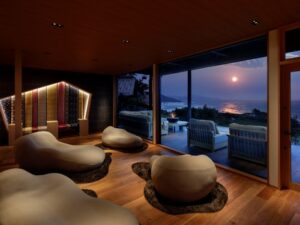
投稿タイプ:stay
Taiza Onsen Sumihei
Sumihei is a private inn with 19 rooms, overlooking the stunning ocean views of the San'in Kaigan Geopark here in Taiza, which is famous for its rare taiza crab.
Sumihei has received many awards for its marvelous interior design, luxurious spaces in which visitors can relax and enjoy Tango's beautiful natural surroundings and the seasonal sights, appearing as if on the sea winds.
Taiza’s hot springs are also rich in minerals such as calcium. Apart from the onsen in private guest rooms, there are also 6 reservable open-air baths ("sensizuku no yu") looking out over both sea and mountains, perfect for relaxing your body while you enjoy the view.
Best of all is the seafood. Sumihei opened in 1968, and has a proud history of providing Tango’s best: Sumihei serves rare taiza crabs from "miracle" fishing spots off the coast of Tango, as well as seafood unseen on the market. This kind of Tango gourmet can only be enjoyed here at Sumihei.
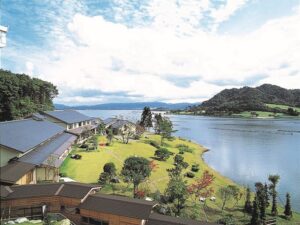
投稿タイプ:stay
Pure Japanese Style Ryotei, Hekisui Gyoen
Hekisui Gyoen is a Japanese-style ryokan inn located on the Kumihama Peninsula, which is designated as one of Japan’s scenic views and part of the San'in Kaigan National Park. The building is an exquisite example of sukiya-zukuri style architecture, built on a 33km2 plot, with a total of 14 rooms. The inn also has access to many outstanding tourist destinations, including one of Japan’s three famous views, Amanohashidate, the boathouses of Ine on the Kyotango Peninsula, Izushi Castle Town, Kinosaki Onsen, and Kinoshita Marine World. The 100% natural hot spring water in Hekisui Gyoen's baths includes minerals like sodium and calcium sulfate, which are thought to be beneficial for neuralgia, stiff shoulders, and circulation. Day trip bathing is also available. The abundance of minerals from the surrounding mountains, the Kumihama Peninsula and the rough waters of the Japan Sea side means that you can enjoy rich seafood and seasonal produce from the Kyotango region. Our seasonal specialties include isaza (a kind of goby) in spring, rock oysters in summer, black throat sea perch and matsutake mushrooms in autumn, and matsuba crabs and magaki oysters in winter.
